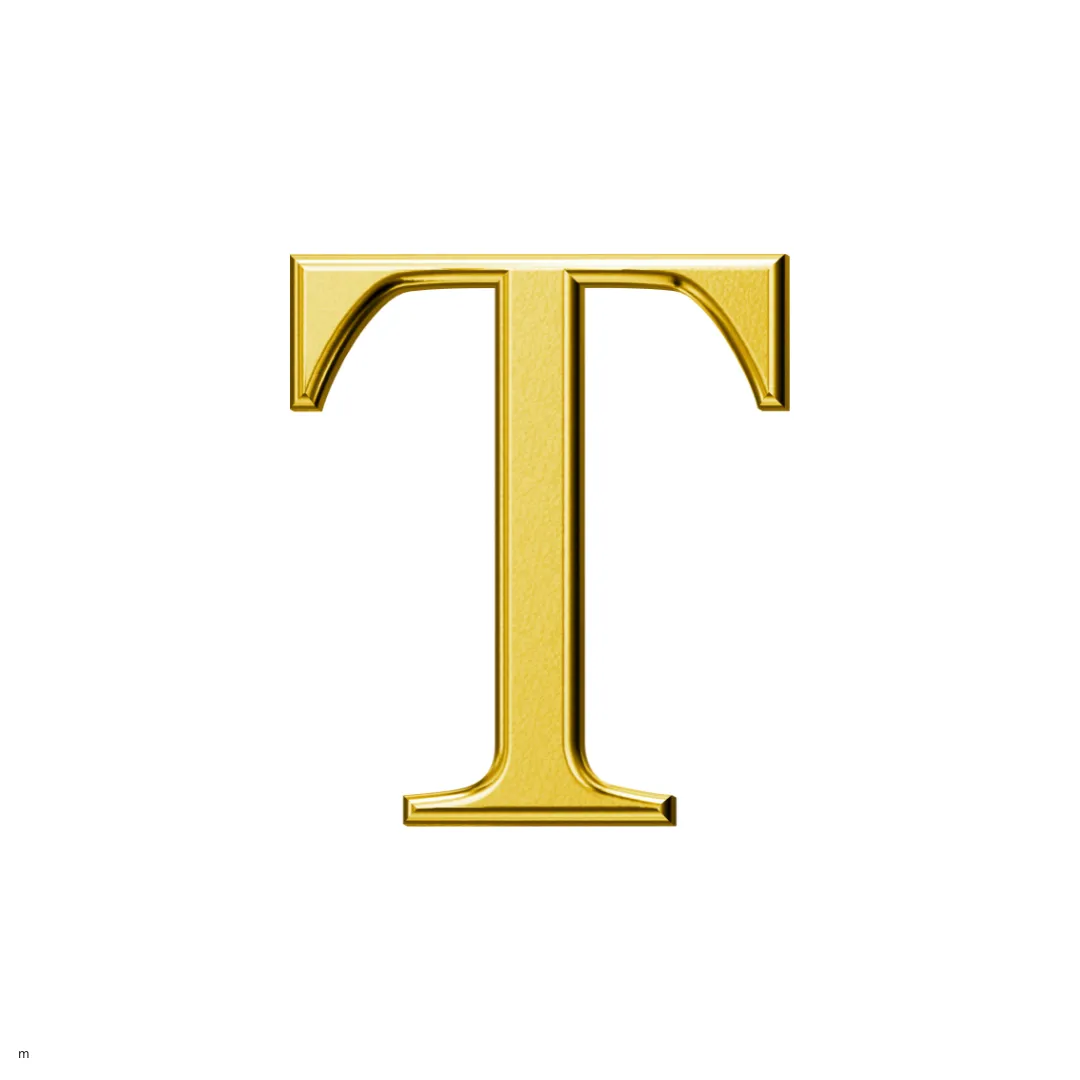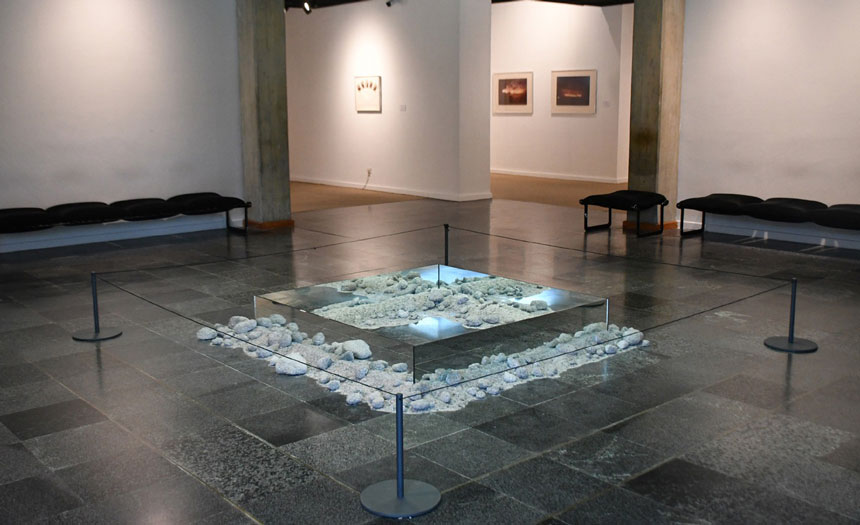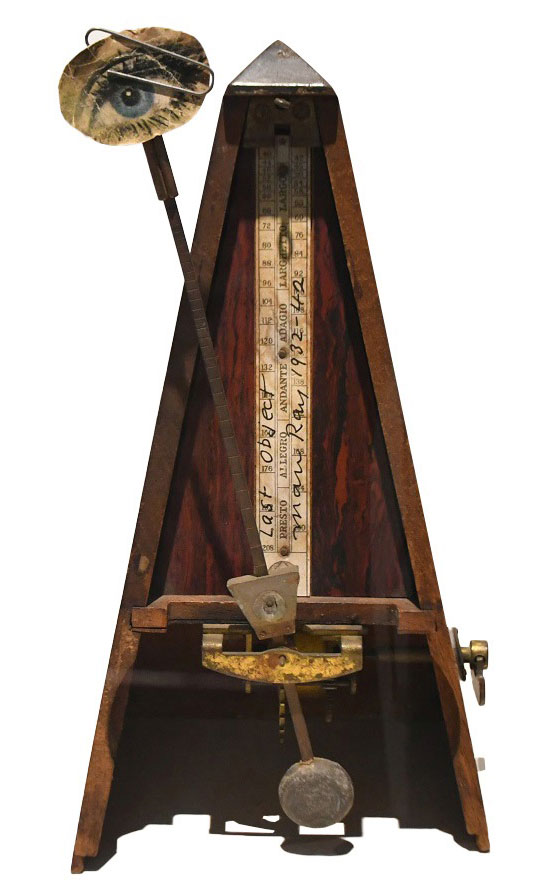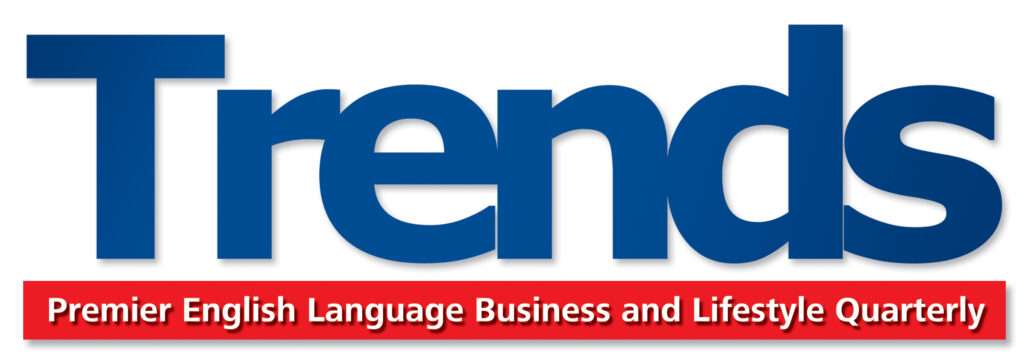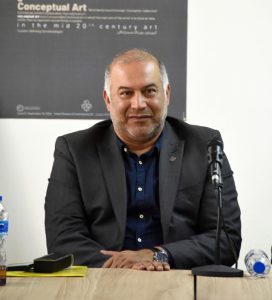
Ebadreza Eslami is the director of the Tehran Museum of Contemporary Art. 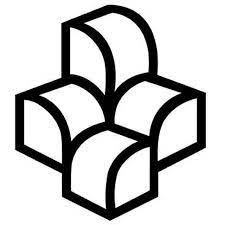
His previous positions include head of Niavaran Cultural
Center and assistant director at the School of Applied Sciences, Culture and Art.
Please tell us about the museum background.
Established in 1977, the Tehran Museum of Contemporary Art (TMoCA) is home to a world-renowned collection of art pieces and prized western modernist and postmodernist art outside Europe and the US. The museum collection includes over 3000 works by the likes of Picasso, Van Gogh, Jackson Pollock and Andy Warhol, as well as masterpieces by Iranian pioneers and 118 fine pages of Shahnama of Shah Tahmasb. The museum’s extraordinary design, which is on the National Heritage list, is the work of celebrated architect Kamran Diba.
Having initially been run by a board of trustees made up of influential figures from the state and private sectors with a key role in establishing international collaborations, the museum has since received constant attention from our outstanding artists. This collective effort has ensured that the museum works towards its goals and missions while safeguarding the museum collection as a national treasure and documenting all its western art works.
What are some of the changes that are about to happen in the museum?
Soon after I assumed this position in 2022, the research department conducted a study to benchmark our practices against modern contemporary art museums from around the world so that we could have an idea of where we stand. The results of our comparative study corroborated the long-established demand to allocate at least a part of the museum space to the permanent collection. We have selected the courtyard at the end of the five galleries as the location of the permanent display because it can be separated from the galleries.
We also aim to host research-oriented exhibitions in collaboration with guest professors and renowned researchers. The first five galleries will house research-based exhibitions that will alternate to address the ever-changing needs of society.
Please explain about the conservation measures for the artifacts housed at the Tehran Museum of Contemporary Art.
Preservation measures vary depending on the material the artifacts are made from. Storage conditions for voluminous metal objects are for instance, fundamentally different from how a historic book is stored.
All the objects are maintained with great care and our staff practice proper preservation measures according to international standards. Despite our meticulous care, however, two insects were detected in a Bernd and Hilda Becher photograph during a minimalism and conceptual art exhibition run, after which the museum was properly fumigated, and the floorboards were replaced. Insects are a common challenge in collections of paper objects, which makes regular fumigation and quarantine rooms essential.
Although we adhere to international guidelines for room and collections temperature, there is still room for improvement of our transport facilities.
To read more about :Art & Fashion trends, read this article.
Is the collection open to researchers?
Although it has always been possible, I have further facilitated research. There are several students conducting research at present and we have had international collaborations as well. However, one principle we stand by is that the study should be in line with the museum values, and we should approve the application of the study results.
Are there plans to enlarge the museum inventory and add objects?
Currently, we focus on conducting studies on the existing collection to advance our understanding of the museum’s present inventory. Despite past efforts, the real potential of the TMoCA is yet to be realized, which is why research and publication of the results is our main priority.
Have there been any international collaborations and exchange of objects with overseas art museums? Is the TMoCA interested in forming international cooperations?
Partnerships have long been high on the agenda. Beneficial collaborations have been formed, valuable artifacts have been loaned to be displayed around the world, and art pieces have been sent on display in Iran. Several acclaimed artists have also had solo shows covering exquisite works of art and this trend continues to evolve into a more research-oriented approach.
We haven’t had a strong international presence over the last few years, which we are hoping to make up for. We missed the last Venice Biennial but are preparing for next year’s architecture biennial and arranging the four residencies at the Paris Cité so that our artists can increase their international presence.
What are the other ongoing programs at the museum?
Several book publication projects are currently underway and will be reaching their final stages soon. I also aim to strengthen the centers that have been founded over the last decade for contemporary literature, architecture, music, cinema and performing arts. These centers function as the research-administrative arm of the museum, enriching and informing research.
Another objective, for which we have had several meetings with artists and authorities, is for the museum to have relative financial independence and be able to run its operations, carry out research, invite internationally recognized curators and organize thematic exhibitions and meet international museum standards.

